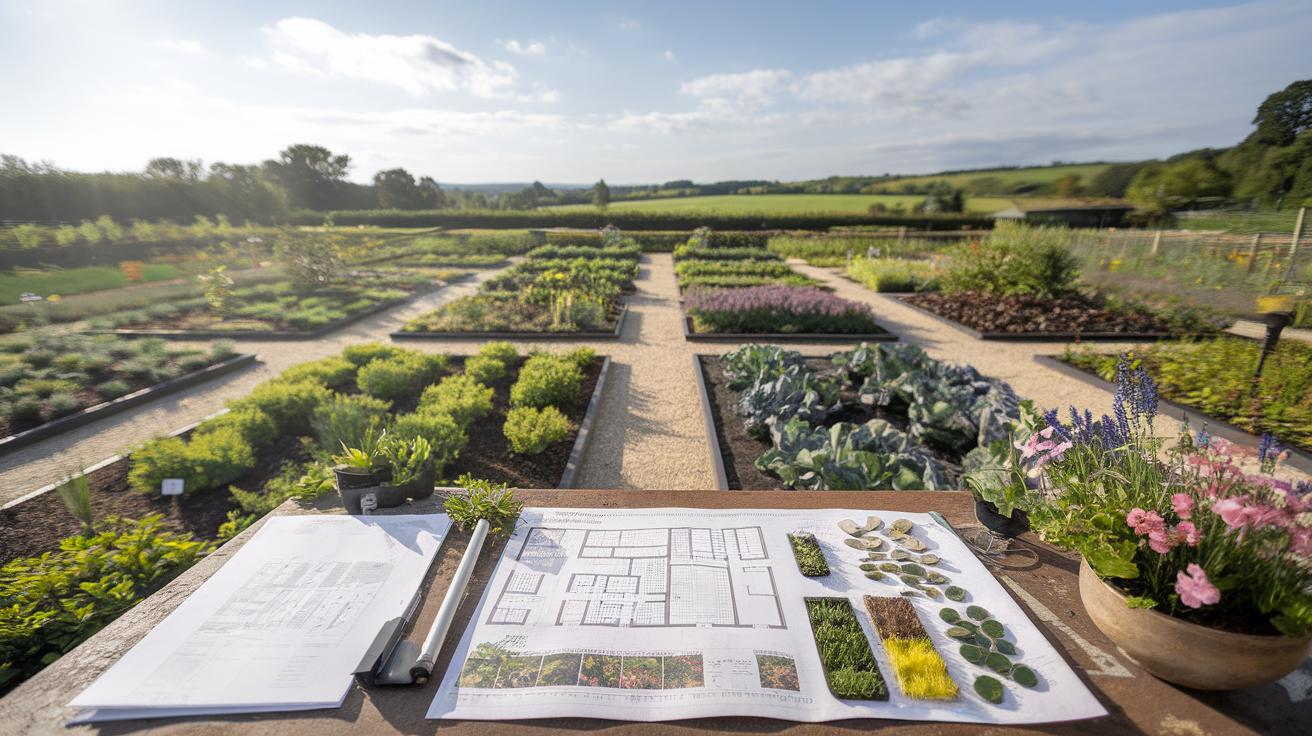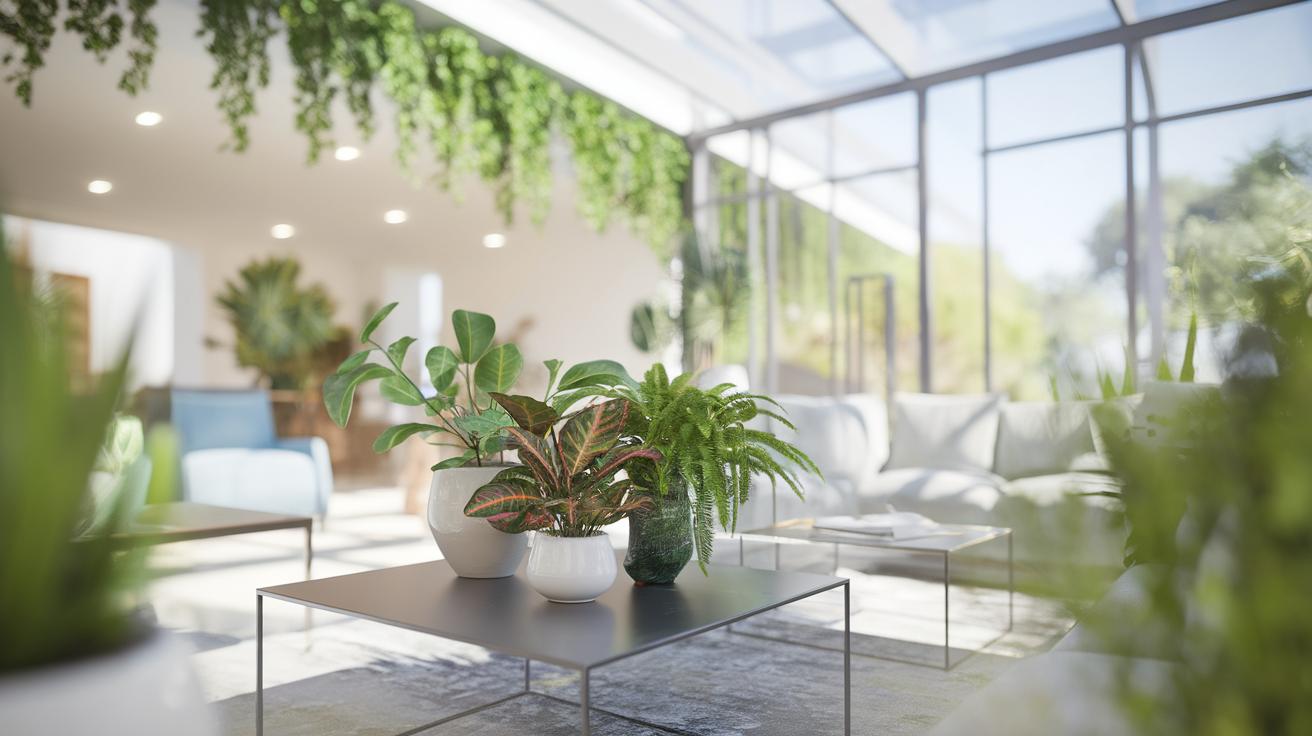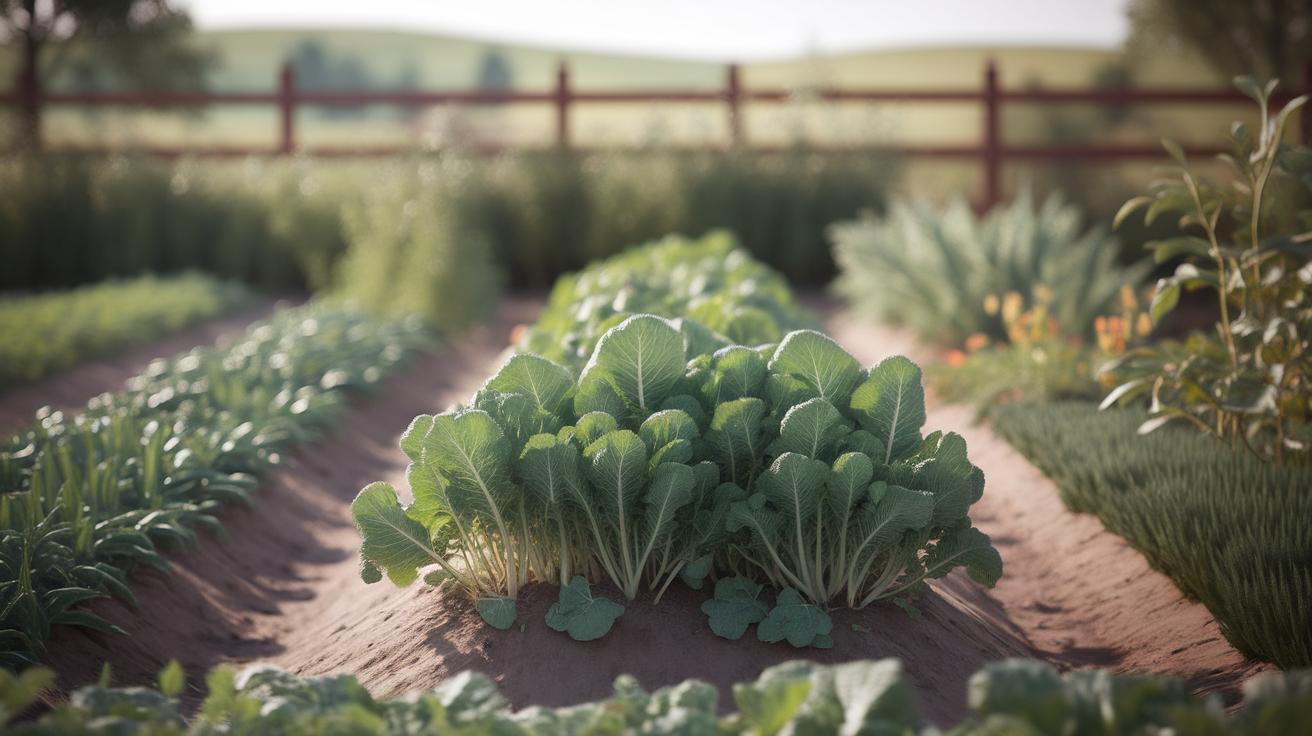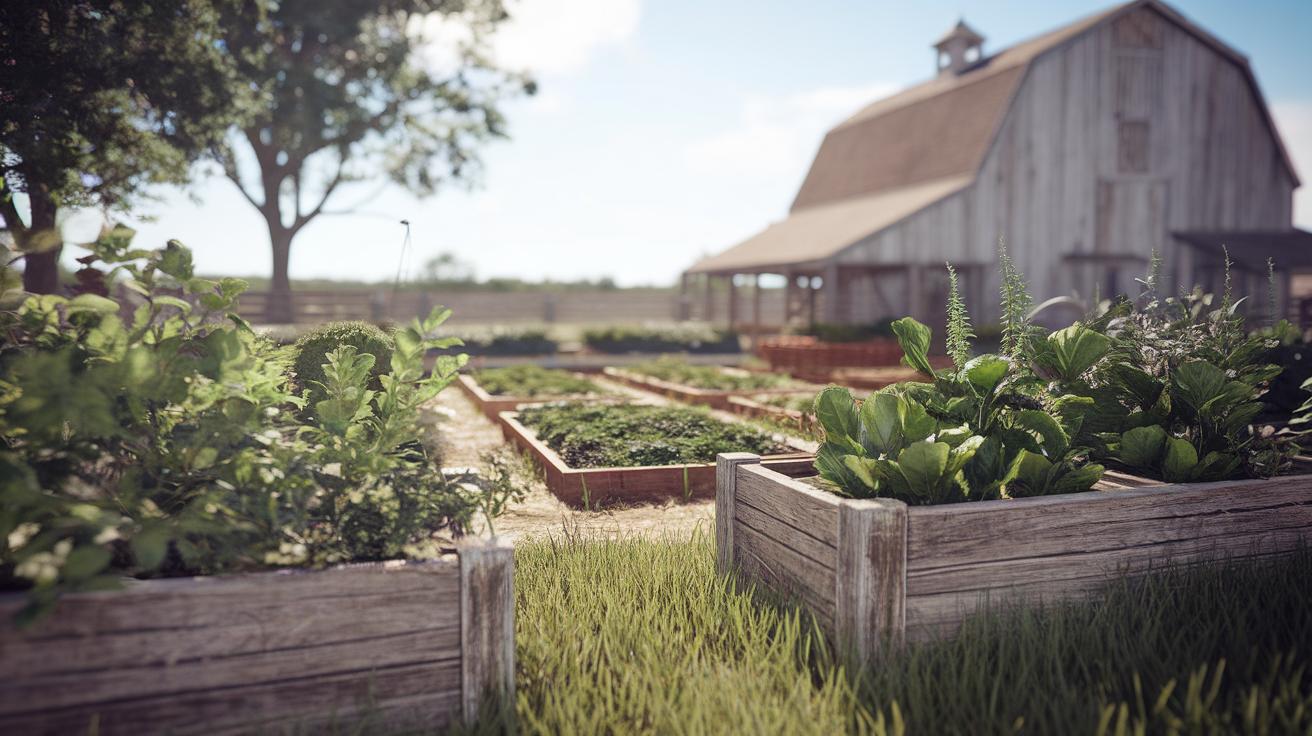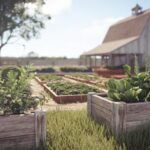Introduction
Creating a successful planting plan requires careful consideration of various elements that contribute to a flourishing garden or landscape. By focusing on the selection and arrangement of plants, along with understanding the environmental conditions of the chosen location, gardeners can foster not only aesthetic beauty but also ecological balance. A thoughtful planting plan goes beyond mere visual appeal; it’s about creating a sustainable habitat that supports local wildlife and contributes to the health of the environment. From understanding soil types to choosing the right species, this article aims to guide readers through the intricate process of developing an effective planting strategy.
The significance of a well-structured planting plan cannot be overstated. Such plans serve as roadmaps for achieving desired gardening outcomes, ensuring that each plant thrives within its ecosystem. This article will explore various chapters that delve into essential aspects of garden design and planting techniques. Understanding these components will empower gardeners to make informed decisions that lead to vibrant and enduring garden spaces, whether for personal enjoyment or community beautification efforts.
Understanding the Basics of a Planting Plan
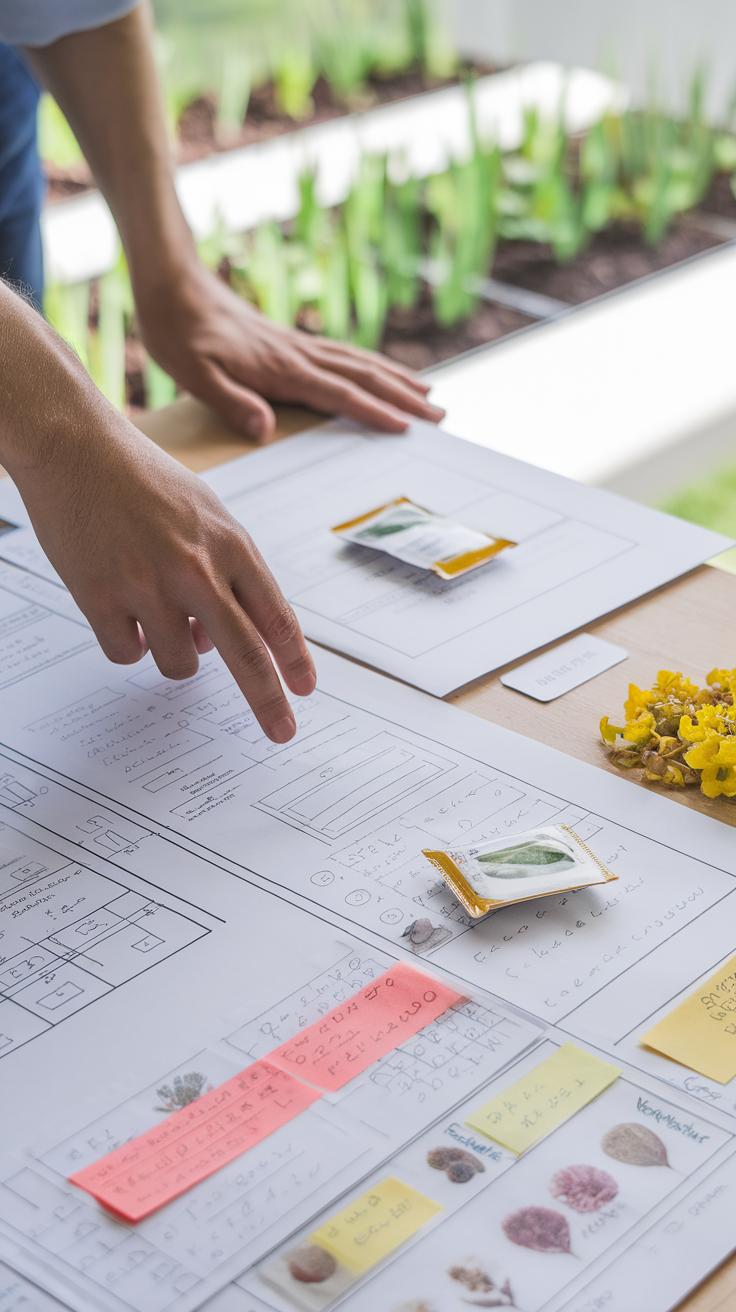
Exploring Objectives and Spatial Arrangements
A successful planting plan starts with clear objectives that align with the gardener’s vision. This involves defining the purpose of the garden, whether it’s for aesthetic pleasure, functional use, or attracting wildlife. Spatial arrangements are crucial to creating a visually appealing and harmonious landscape. Thoughtful placement of plants can lead to an inviting garden that encourages exploration. Each plant’s size and growth rate must be considered to ensure proper spacing, preventing overcrowding and competition for resources.
Growth Compatibility and Environmental Considerations
Compatibility between plants is a foundational concept in any planting plan. This involves grouping plants that thrive in similar conditions, such as light, moisture, and soil type. Understanding a plant’s growth habits and potential invasiveness will aid in creating a sustainable garden. Environmental considerations, including local climate and seasonal changes, also play a vital role in guiding plant selection. By combining these fundamental concepts, gardeners can construct effective planting plans that promote health and longevity across their floral arrangements.
Selecting the Right Plants A Strategic Approach to Plant Selection
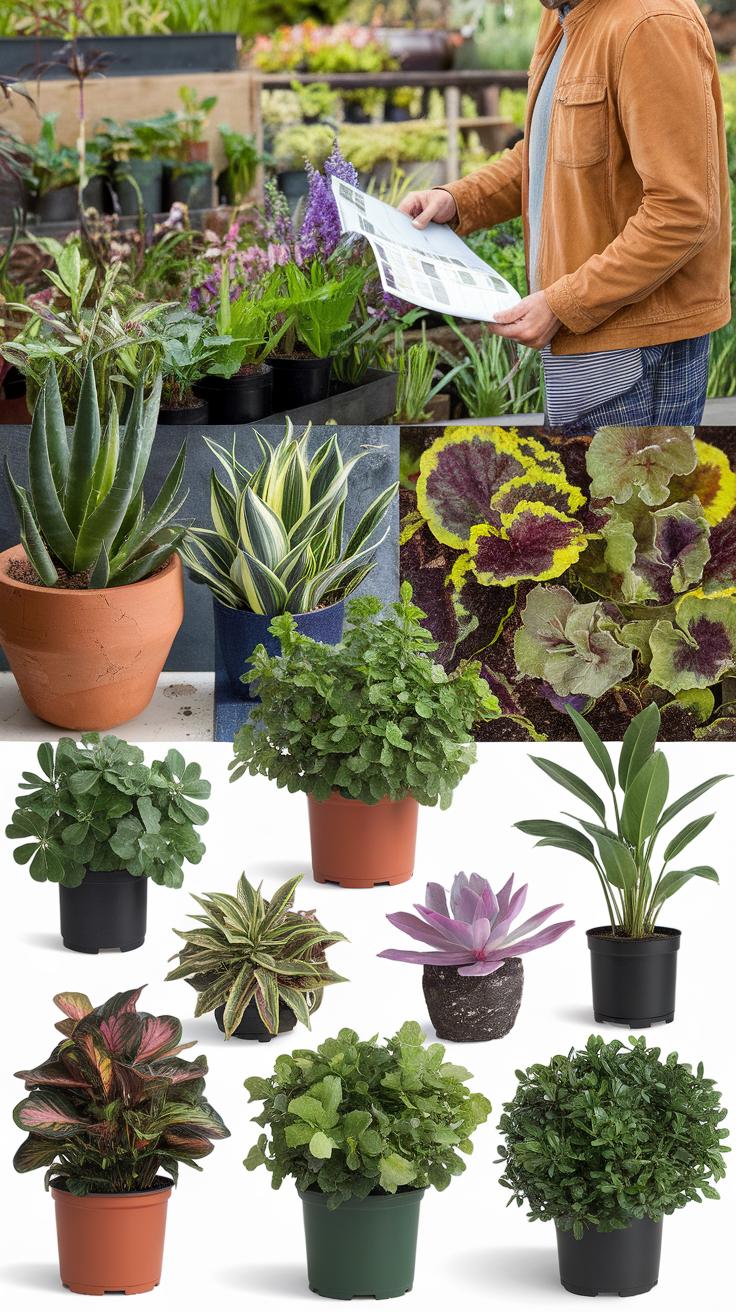
Understanding Your Environment
A successful garden starts with a careful selection of plants that thrive in your specific climate. Evaluate local weather patterns, including temperature ranges, rainfall, and seasonal variations. These factors significantly influence the types of plants that will flourish in your garden. For instance, native plants often adapt better to local conditions, requiring less maintenance and resources. Researching hardiness zones can also help you make informed choices, ensuring that the plants you select will survive and thrive year-round.
Soil Type and Personal Tastes
The soil in your garden plays a crucial role in determining which plants will succeed. Different species have varying requirements for soil texture, pH, and nutrient content. Test your soil to understand its characteristics and then select plants that are suited to those conditions. Personal preferences should also guide your choices; consider the aesthetics, scents, and uses of plants, whether for culinary, medicinal, or ornamental purposes. Balance functional needs with your visual appeal to cultivate a truly personalized garden experience.
Analyzing Soil Quality Understanding Soil Characteristics for Optimal Plant Growth

Impact of Soil on Plant Growth
Soil quality profoundly influences plant growth, serving as a fundamental medium for nutrients, water, and root development. Essential soil characteristics include texture, structure, pH, and organic matter content. A well-balanced soil combines sand, silt, and clay, enhancing drainage while retaining moisture. Soil pH affects nutrient availability, meaning plants thrive best in soils within a specific pH range tailored to their needs. The presence of organic matter not only improves soil structure but also fosters a diverse ecosystem of beneficial microorganisms that promote plant health.
Assessing Soil Health
Understanding soil health starts with performing a physical assessment, examining aspects such as color, structure, and texture. A simple soil test can reveal nutrient levels, pH, and organic matter content. Local extension services often provide affordable testing options. Observing plant performance in the garden also offers insight; stunted growth or discoloration may indicate underlying soil issues. Regular tests and amendments, based on findings, will ensure a vibrant foundation for any planting plan, ultimately leading to flourishing gardens. Healthy soil is the bedrock of a successful and thriving landscape.
Design Principles for a Thriving Garden
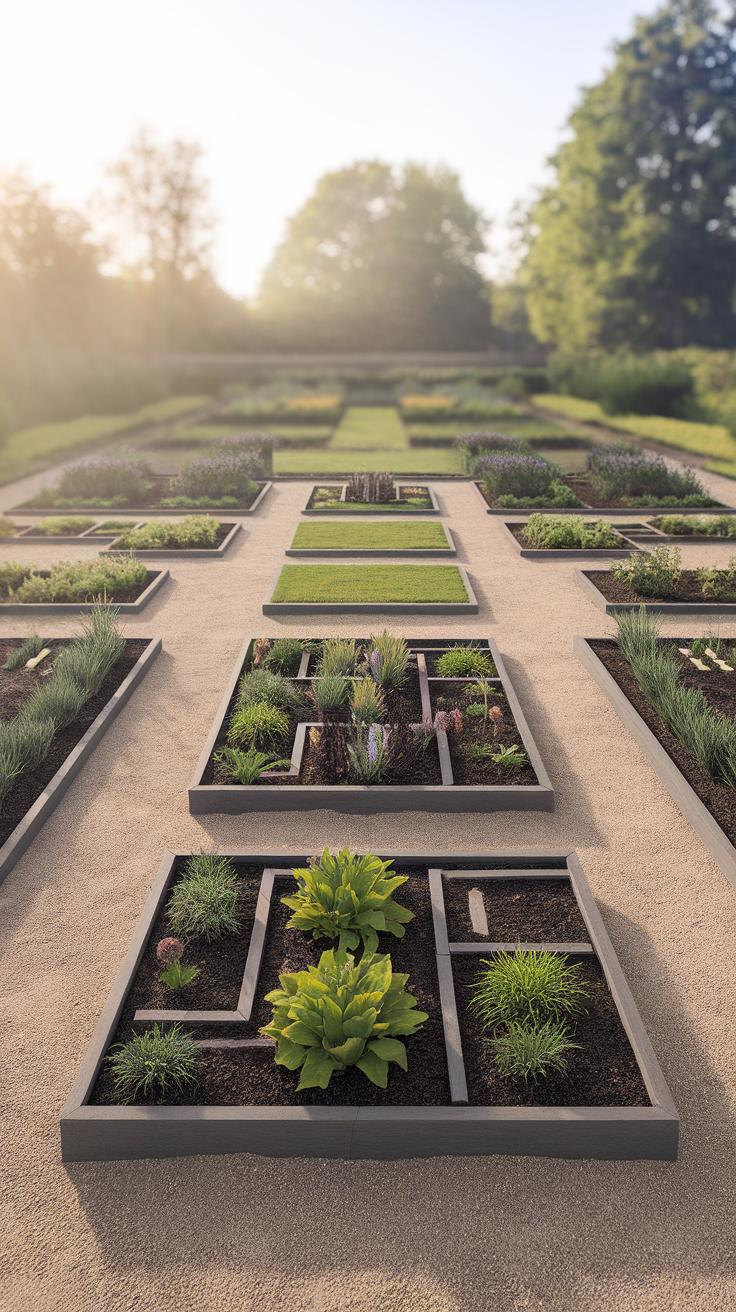
Creating Aesthetically Pleasing Spaces
Implementing design principles in garden planning transforms a simple planting area into a beautiful, functional landscape. Start by considering balance—both symmetrical and asymmetrical designs create visual harmony. Incorporating various plant heights adds dimension, attracting the eye and encouraging exploration. The strategic use of color can evoke emotions; vibrant flowers can energize, while soft greens promote calmness. Pathways serve not only as access routes but act as design elements, guiding visitors through the garden.
Function Meets Beauty
Design principles also emphasize the importance of functionality in a garden. Proper spacing between plants promotes healthy growth and ensures easy maintenance. Grouping plants with similar water and light requirements can simplify care and optimize resource use. Think about seasonal interest; incorporating a variety of flowering plants ensures beauty throughout the year. Finally, consider accessibility—paths and beds should be approachable for all, allowing everyone to engage with the garden. Attention to these principles fosters a thriving, harmonious environment.
Climatic Considerations for Planting Examine How Local Climate Influences Plant Selection and Garden Design
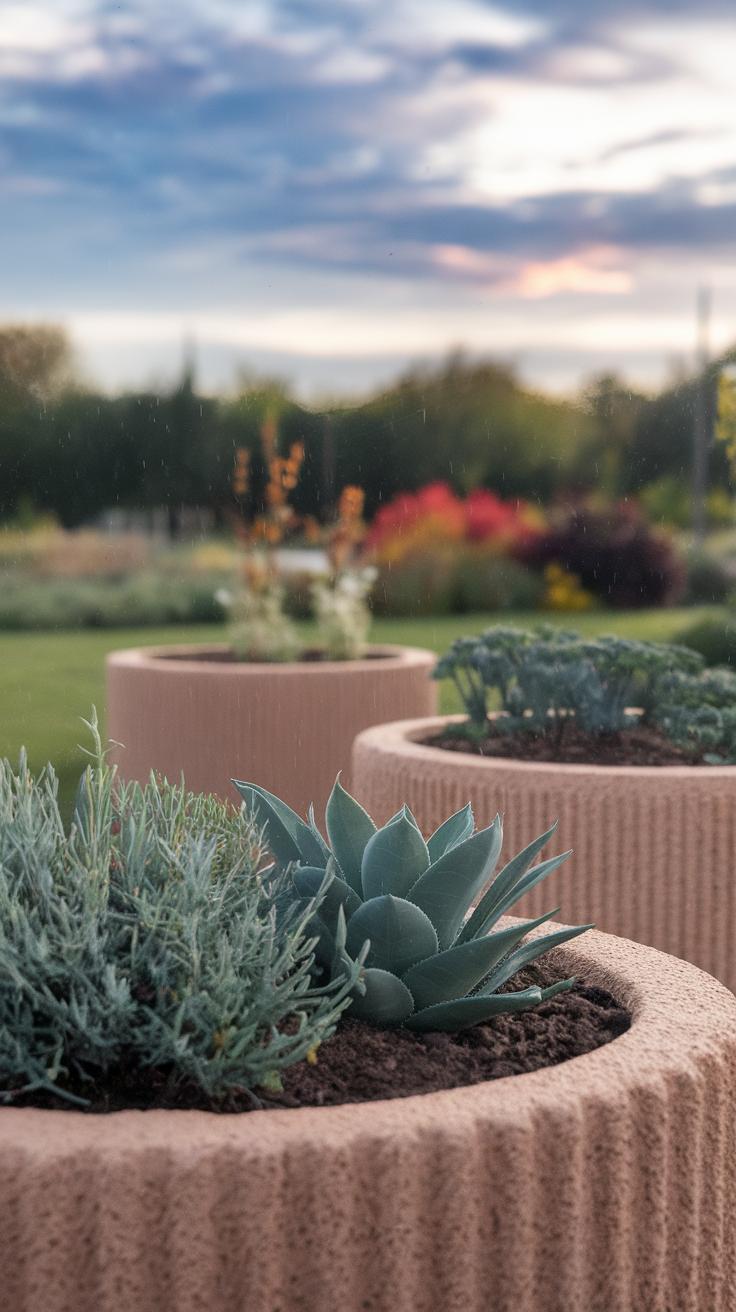
Climate plays a pivotal role in determining which plants thrive in a given location. Local temperature ranges, rainfall patterns, and seasonal variations must be taken into account when creating a planting plan. These factors not only influence plant health but also dictate the overall aesthetic and functionality of the garden. For instance, regions with hot summers and mild winters will favor drought-resistant plants, whereas cooler climates benefit from hardy perennials that can withstand frost.
Understanding Microclimates and Their Impact
Microclimates can exist within a larger climatic zone, influenced by landforms, water bodies, and human-made structures. Recognizing these nuances allows gardeners to select a diverse range of plants that may not typically thrive in the broader region. For instance, a shaded area shielded by a building may support more moisture-loving species, while a sunny slope might be better for heat-tolerant varieties. This tailored approach enhances the likelihood of a successful garden design, creating a vibrant space that responds well to its unique environmental conditions.
Seasonal Timing for Planting Optimal Times for Successful Growth

Understanding seasonal timing is vital for the success of any planting plan. Each plant species has specific requirements that align with seasonal cycles. Generally, spring is the prime time for planting most annuals and perennials, as the soil warms and frost risks diminish. This period allows young plants to establish their roots before the heat of summer sets in.
For cool-season crops, such as lettuce and peas, planting in late winter or early spring is ideal, taking advantage of the cooler growing conditions. Conversely, warm-season vegetables, including tomatoes and peppers, thrive when planted after the last frost date in spring. Planning according to seasonal patterns ensures that plants receive the optimal conditions necessary for vigorous growth and fruiting.
Perennials and shrubs should usually be planted in early spring or fall. Planting in these seasons allows them to acclimate to their new environment and develop robust roots before facing the challenges of summer heat or winter cold. Paying attention to these seasonal planting windows not only increases the chances for thriving plants but also contributes to a more vibrant and resilient garden design.
Watering and Irrigation Strategies Best Practices for Plant Health
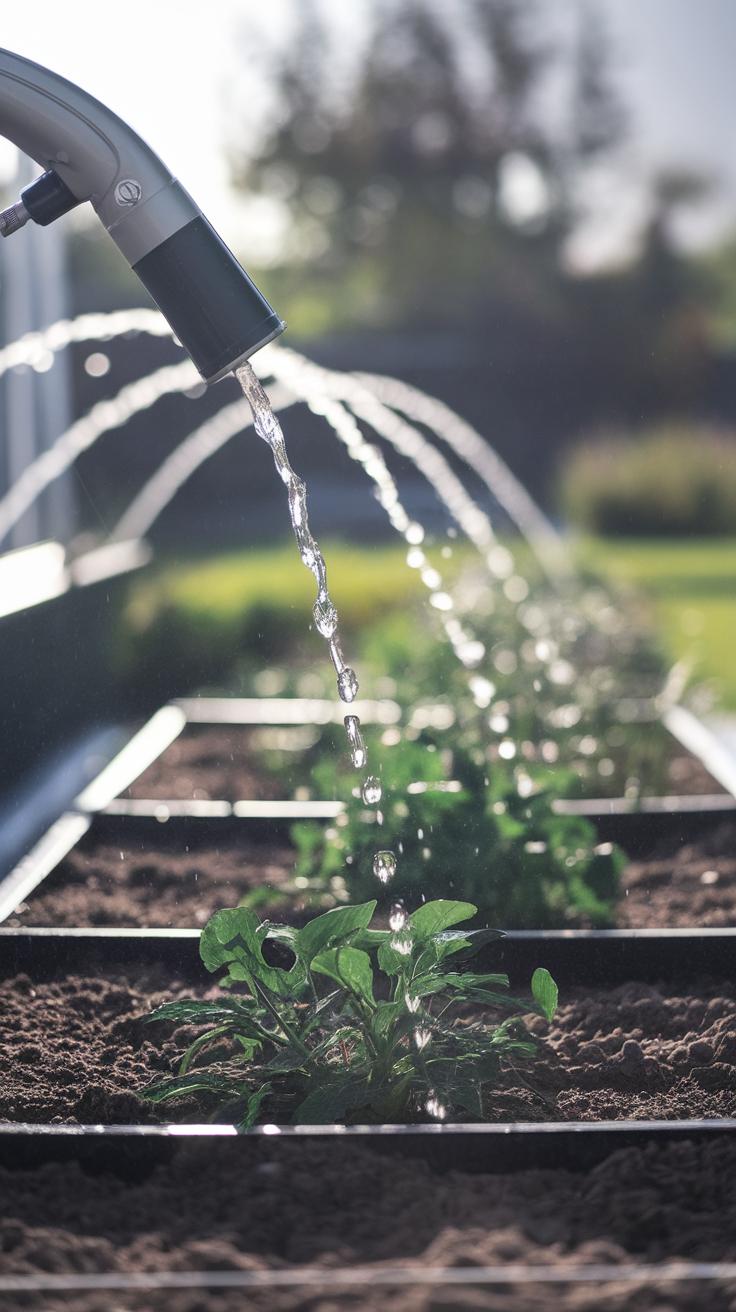
Effective Watering Techniques
Implementing effective watering techniques is vital for supporting the health of your garden. Deep watering promotes stronger root systems, encouraging plants to seek moisture further into the soil, which can enhance their resilience during dry spells. Aim for a watering schedule that considers both the type of plants in your garden and seasonal changes. Early morning is generally the best time for watering to minimize evaporation and fungal diseases. Use soaker hoses or drip irrigation systems to deliver water directly to the roots, ensuring efficiency and reducing water waste.
Irrigation Systems for Sustainability
Integrating an irrigation system can greatly enhance your garden’s water management. Rain barrels collect natural precipitation, providing a sustainable water source for dry periods. Additionally, automated drip irrigation systems can be programmed to deliver precise amounts of water, tailored to specific plant needs. This strategic approach not only conserves water but also reduces labor and the risk of overwatering. Regularly check and maintain your irrigation system to ensure it functions effectively, promoting a thriving, sustainable garden environment.
Maintaining Your Garden Sustaining a Healthy and Vibrant Garden
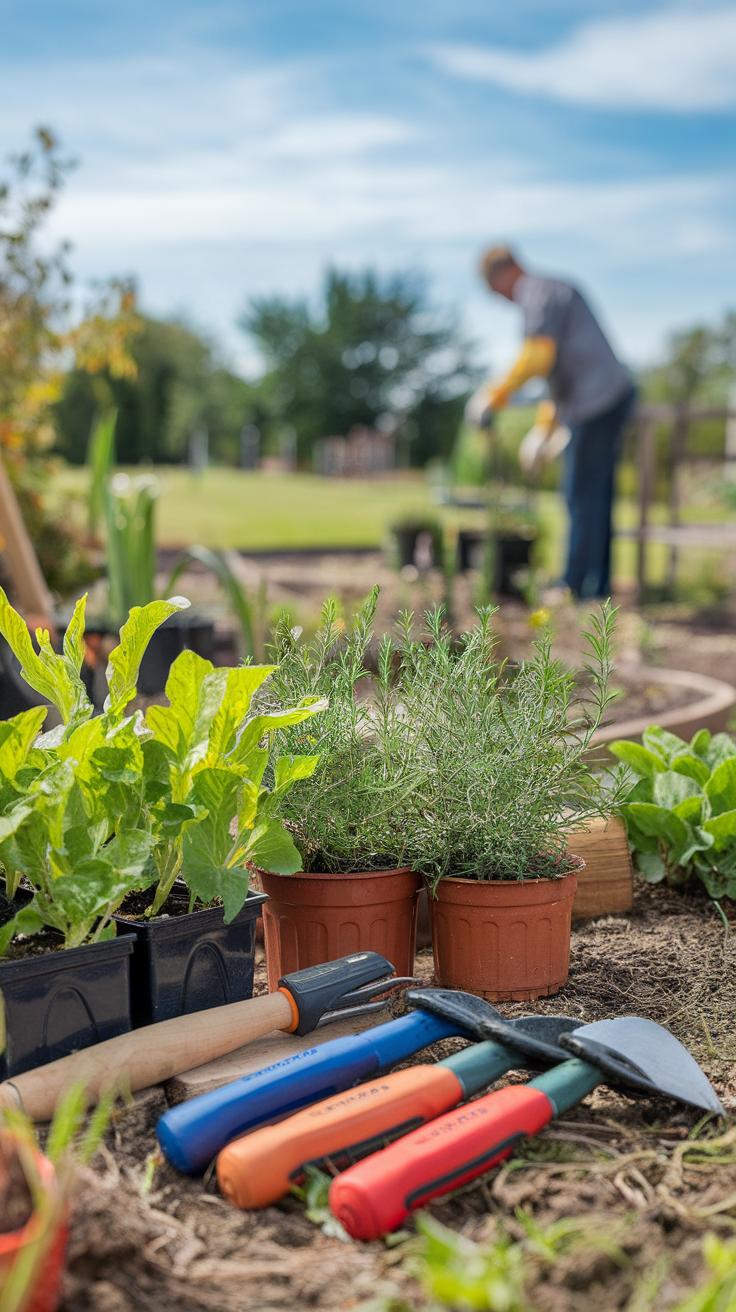
Maintenance Practices for Garden Longevity
Creating a thriving garden goes beyond initial planting; it demands ongoing attention and care. Regular maintenance practices ensure your garden stays healthy and vibrant. Begin by monitoring soil health, as nutrient-rich soil supports plant growth. Regularly test pH levels and consider amending the soil with organic fertilizers to replenish vital nutrients.
Weeding is another critical practice that prevents competition for resources. Remove invasive species promptly to minimize their impact. To further enhance plant health, prune dead or damaged branches, promoting air circulation and allowing light to reach lower foliage. Mulching not only retains soil moisture but also suppresses weeds, creating an ideal environment for plants to flourish.
Integrating pest management techniques is essential as well. Regular inspections for pests help identify issues early, allowing for targeted interventions. Establishing a diverse planting scheme can also naturally deter pests, supporting ecological balance. Continually engaging in these practices fosters a resilient garden, primed for success and beauty throughout the seasons.
Evaluating the Success of Your Planting Plan
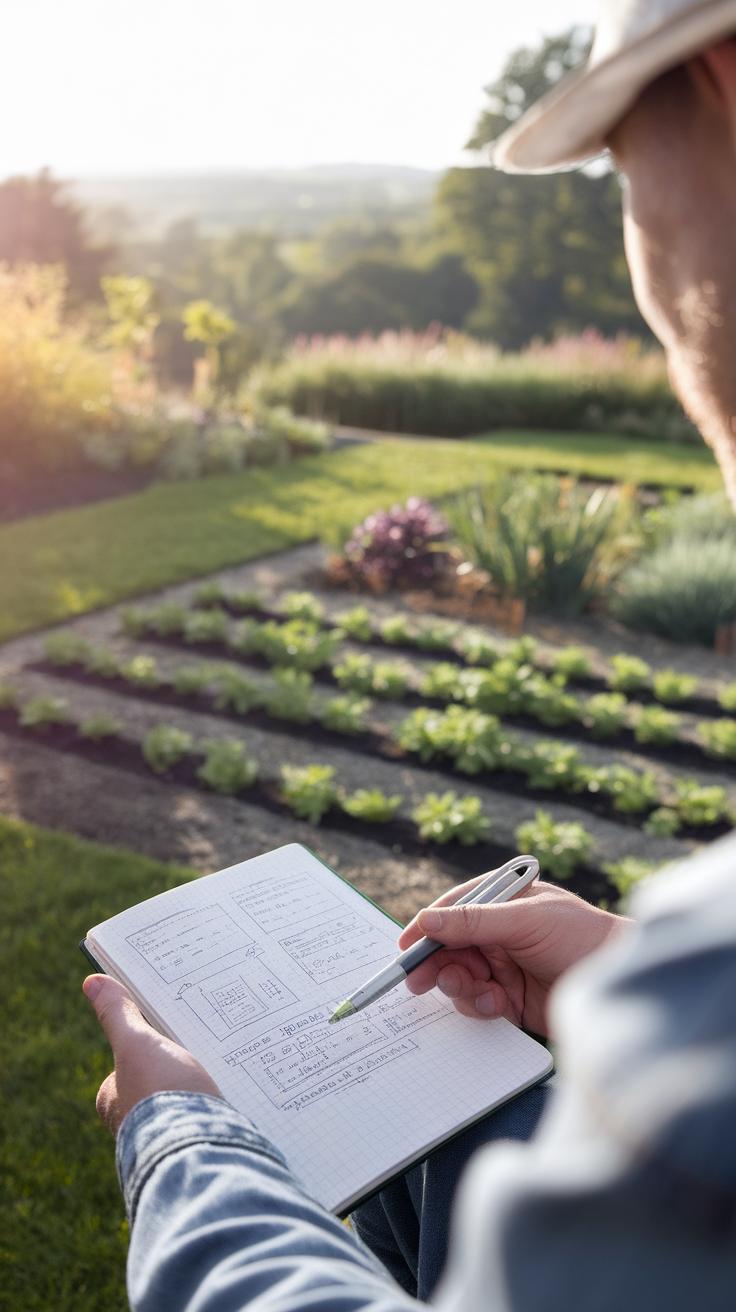
Assessing Effectiveness
Assessing the effectiveness of your planting plan is vital to achieving a thriving garden. Regularly monitoring plant growth, health, and flowering patterns provides insight into how well your selected species are adapting to their environment. Documenting these observations in a gardening journal can reveal trends and potential problem areas. Pay attention to factors such as bloom times, leaf coloration, and overall vigor. Changes in these indicators can signal whether adjustments are needed in terms of plant selection, soil quality, or watering practices.
Making Necessary Adjustments
Once you’ve evaluated the performance of your plants, consider what modifications might enhance their success. For instance, if certain plants struggle in specific areas, you could reposition them to more conducive locations or replace them with varieties better suited to your garden’s sunlight, moisture, and soil conditions. Experimentation may be necessary; trialing new plants or rearranging your layout can lead to optimal growth. Engaging with local gardening communities can also foster ideas and tips tailored to your particular type of garden.
Conclusions
A thoughtful planting plan is an essential tool for anyone looking to enhance their gardening experience. By carefully selecting plants that are well-suited to the specific conditions of the garden, including soil quality, sunlight, and climate, gardeners can create harmonious and vibrant spaces. The interconnectedness of garden design principles, such as layout, plant selection, and maintenance needs, emphasizes the importance of a strategic approach. Such foresight not only maximizes the beauty of a garden but also fosters biodiversity and sustainability.
The implementation of a careful planting strategy can lead to flourishing ecosystems that provide enjoyment and benefits for both people and wildlife. As gardeners apply the principles outlined in this article, they are more likely to experience gardening success. Embracing the art and science of planting will enable them to cultivate gardens that offer beauty, function, and environmental stewardship for years to come.


